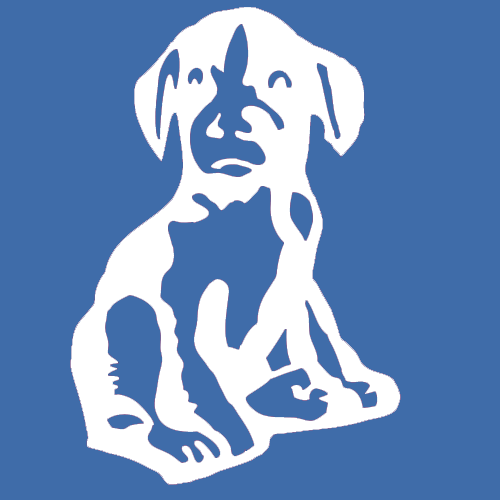Having just returned from a technology conference in Las Vegas, I learned two very important things: 1) I am not a fan of Las Vegas and 2) If your industry is not planning for the changes that will accompany technology in the form of artificial intelligence, virtual reality, augmented reality, machine learning, and programming, get ready to become obsolete. Teaching, training, and working is at the nexus of change.
According to Gartner, 1 of every 5 workers is anticipated to have an intelligent assistant as a co-worker by the year 2022. Astounding! What implications does that statistic have on local education, business, and industry?
Artificial intelligence or AI is the simulation of human intelligence in machines, particularly computers. Humans are capable of thinking, acting, and reasoning; most of them anyway. Multiple types of AI exist today in the form of reactive machines, limited memory, theory of mind, and self-awareness as the penultimate goal. Reactive machines are created to be narrow in scope and specific in nature. Think of a game where moves can be anticipated and planned for such as chess or checkers. Limited memory is based around pre-programmed knowledge and observations around such knowledge. The best example of this would be autonomous cars. The programmed information is around traffic rules and laws. As the cars operate, the computer continuously takes in data points from observations and makes quick judgements based around them. The vehicle observes things such as lane markers, traffic signals, pedestrians and bicyclists, and speed. This variable data is added to the pre-programmed static data and the decision making adjusts based on those factors. This is also known as machine learning. Theory of mind is a programming function to assist computers to recognize and convey human emotions through verbal and non-verbal cues. The benefit for this particular type of AI could pay huge dividends in the world of caregiving roles for the elderly or providing companionship to comfort populations who are lonely. The most advanced form of AI is self-awareness. This type of AI would be able to not only recognize consciousness in humans but possess it. These machines could ‘feel’ compassion, disappointment, and excitement in response to data inputs.
The first two types of AI are known as ‘weak’ or ‘narrow’ AI. They would include Alexa, Siri, and chatbots. The last two types of AI are known as ‘strong’ AI and, at this point, fairly imaginary. Think of futuristic movies involving Will Smith.
All AI involves extensive algorithmic programming; foreign to many generations although native to those up and coming.
Augmented reality (AR) and virtual reality (VR) will be a $108 billion industry by 2021. The experience provided by AR and VR is coming at neck breaking speed and provides real world usefulness for the end user. VR provides computer generated worlds in which the user is completely immersed; not the best option for those who are motion sensitive. VR can provide virtual field trips, tours of the galaxy, or immersion into the Jurassic period. AR enhances reality with digitally produced overlays. Think Pokemon Go. Microsoft HoloLens, HTC Vive, Occulus Go, and Sony Playstation VR are some of the heavy hitters in AR/VR development. All major smartphone manufacturers have started equipping their latest models with AR compatible components of depth sensing packages. Much like James Bond, AR frames and contact lenses are more of a reality than fantasy. Augmented reality will have a much greater impact in the world, especially training, as you can interact while maintaining real life social interactions.
The impact is great and the costs fairly prohibitive at this point. It is a great time, however, to plan a 5-10-year road map including budgeting for training, equipment, and positions that will support this immersive technology. It’s also a great time to start kiddos on the path to coding. These computers don’t operate without someone providing them with specific language instructing their every move.
I left the casino in Vegas with a 25-cent cash voucher from my $3.00 slot machine splurge and a ton of new information and ideas about how to best prepare my company (and high schooler) for the future. I’d call that winning big!!





